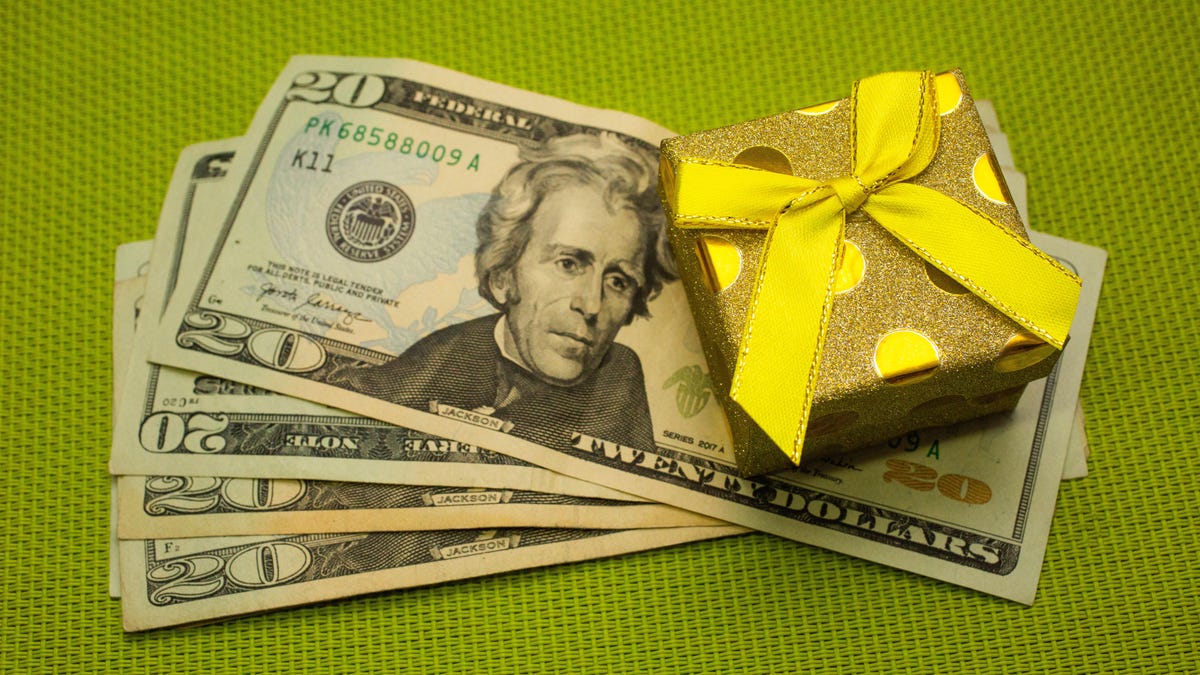$10,000 or $50,000 student loan forgiveness: Could Biden eliminate debt through executive order?
Will President Biden cancel student loan debt? Here's what's happening.

The gift of student loan debt forgiveness could be on its way.
Since taking office, President Joe Biden has expressed support for canceling up to $10,000 per student in loan debt. Some Democratic leaders are looking to go higher, to $50,000. And a new Change.org petition is calling for Biden to go even further and cancel all federal student debt in 2021 through an executive order. The survey has more than 1 million signatures.
In March, Biden did forgive $1 billion in loans for students defrauded by for-profit institutions, but he has yet to present a plan for reducing the roughly $1.7 trillion in student debt across the board. Biden in April asked Education Secretary Miguel Cardona if he has the legal authority to cancel student debt. Under the American Rescue Plan Act, eligible Americans received a third stimulus check and "plus-up payments" where applicable, more money for unemployed individuals, thousands more dollars for families with the new child tax credit and changes to health care savings. But students who are in debt weren't addressed in the bill.
Here's where the situation stands now when it comes to student loan forgiveness; we'll continue to update this story as it develops. Also, you could get up to $50,000 back with one-time COVID credits. For more on the new child tax credit, check here to see who is eligible and how to calculate your total.
Where does Biden stand on forgiving student loan debt right now?
During his presidential campaign, Biden called for forgiving $10,000 of federal student loan debt per person. He also laid out additional plans for college students in the Biden Plan for Education Beyond High School, such as free tuition and more money for federal grants.
Additionally, we should forgive a minimum of $10,000/person of federal student loans, as proposed by Senator Warren and colleagues. Young people and other student debt holders bore the brunt of the last crisis. It shouldn't happen again.
— Joe Biden (@JoeBiden) March 22, 2020
Shortly after taking office, Biden signed an executive order to extend the pause on student loan payments and interest till the end of September. Former President Donald Trump initially suspended payments at the start of the pandemic, and the loan suspension was extended twice more.
In Biden's American Rescue Plan, a provision removed any tax penalty if student loans are forgiven. The IRS treats debt discharged for less than what's owed as taxable income. This would apply to both government and private loans. The forgiveness provision lasts until Dec. 25, 2025. However, as president, Biden has yet to formally forgive additional student loan debt.
It's important to keep in mind that there has been no movement on loan debt cancellation yet, but there is a growing number of scammers claiming they can help you with student loan forgiveness.
Does the president have the authority to forgive $10,000 or $50,000 across the board in student debt?
During a CNN town hall in February, an audience member asked if Biden would cancel $50,000 of student loan debt.
"I'm prepared to write off a $10,000 debt, but not 50" [thousand], Biden said. "Because I don't think I have the authority to do it by signing [with] the pen."
It appears the president may have changed his mind. On April 1, he asked Education Secretary Miguel Cardona if it's within the president's power to cancel $50,000 in student loan debt. The department has yet to announce its findings.
Will anything happen this year?
Depending on the response from the secretary of education's office, a few things could take place. Biden may be able to sign an executive order that cancels some debt per student. Or it may be that Congress would have to pass a bill if sweeping cancellations are outside Biden's power. In either case, the final amount canceled, and any rules and exceptions involving public and private debt, would be contentious areas of negotiation.
Whatever the outcome, it's unlikely to occur imminently, though it's a topic we're keeping a close eye on.
Read also: All the extra stimulus check money parents and the elderly could get in their third payment
Money tied up in student loans? There are a few things you can do now.
3 student loan forgiveness options you might be able to get
However, they're not so widely available -- or quick to receive.
Public Service Loan Forgiveness is a government program intended to forgive federal direct student loans if the borrower has a job with the government or a nonprofit organization, after 120 qualifying on-time payments in an income-driven repayment plan. This means after 10 years of making payments, the government is supposed to forgive the balance. However, many borrowers who believe they're qualified for forgiveness are having trouble getting approved.
In 2019, there were more than 41,000 PSLF applications -- and 206 were approved by the Department of Education. Many were denied due to errors, but a 2020 report from the nonprofit Student Borrower Protection Center found the department's Office of Federal Student Aid had mischaracterized employers, causing applicants to be ineligible. Since the PSLF began in 2007, 98.8% of applications have not been approved, according to the center.
Borrowers who took out loans to become teachers can get their Perkins, Stafford or Direct loans partially forgiven. The amount varies depending on what subjects they teach, what schools they teach at and how long they've been teaching.
And lastly, borrowers who are on an income-driven repayment plan -- in which the monthly payments are no more than 10% of a person's discretionary income -- can have their remaining loan balance forgiven after 20 years for undergraduates, or 25 years for graduate students.
For more information, visit CNET's resource guide for all things loans.

